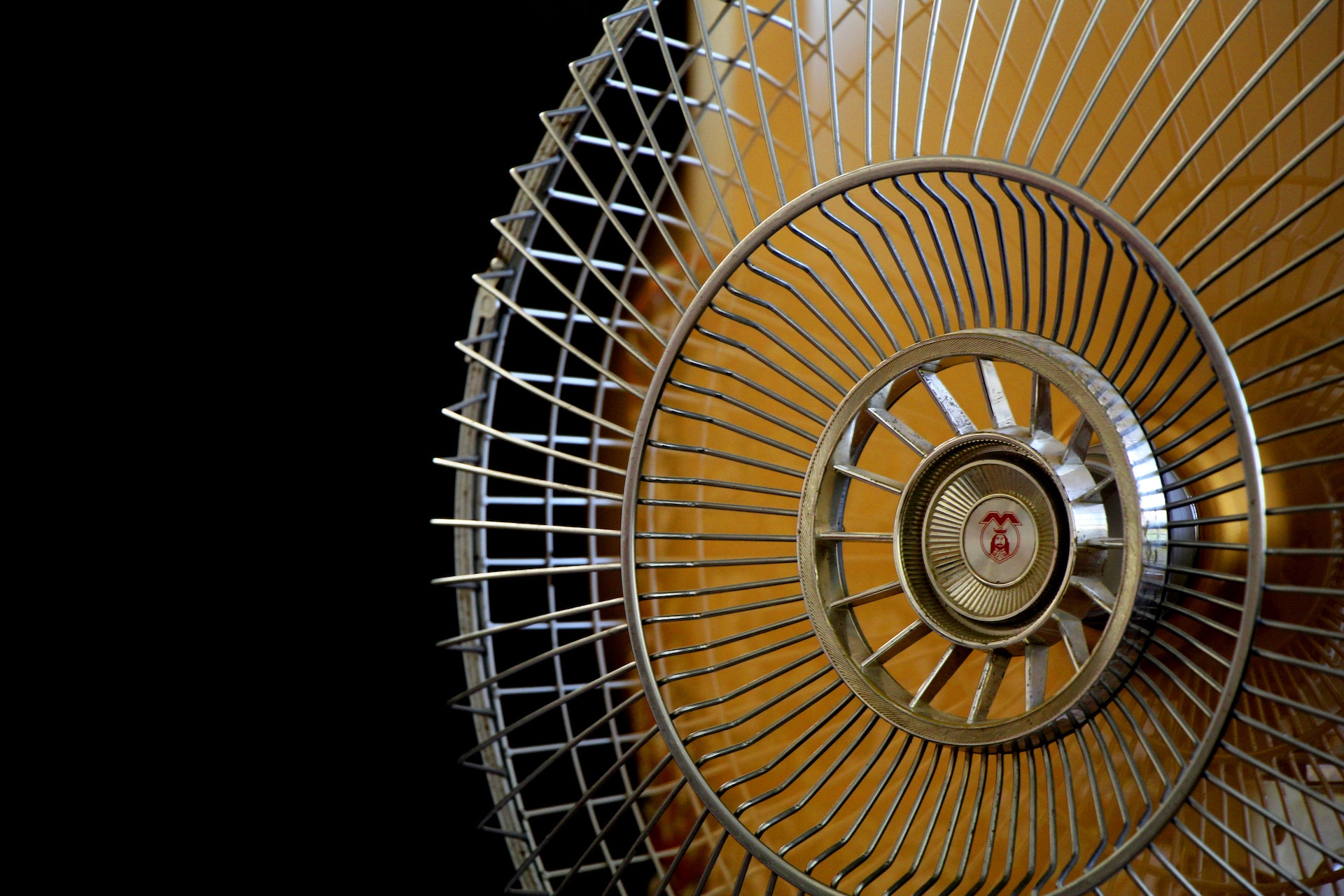As temperatures drop, a reliable heating system becomes essential for comfort and safety in your home. Understanding the intricacies of your home’s heating system is crucial for efficient operation, troubleshooting, and communicating with service professionals. This guide provides a comprehensive overview of common home heating systems and their key features.
1. Types of Heating Systems
- Furnaces: The most common type in many homes, furnaces use a blower to circulate heated air through ducts. They can be powered by natural gas, propane, oil, or electricity.
- Boilers: Boilers heat water, providing either hot water or steam for heating. Steam is distributed via pipes to steam radiators, while hot water can be circulated through baseboard radiators or radiant floor systems.
- Heat Pumps: Heat pumps transfer heat from the outside air or ground into your home. They are energy-efficient and can double as air conditioners during warmer months.
- Radiant Heating: This system uses panels in walls, ceilings, or floors to directly heat the space. It provides consistent and comfortable heat, often using hot water circulated through pipes.
2. Efficiency Ratings
- AFUE (Annual Fuel Utilization Efficiency): This rating measures furnace efficiency in converting fuel to energy. A higher AFUE percentage indicates a more efficient furnace.
- HSPF (Heating Seasonal Performance Factor): For heat pumps, HSPF is the efficiency measurement. Like AFUE, a higher HSPF indicates greater efficiency.
3. Maintenance Essentials
- Regular Servicing: Have your heating system serviced annually by a professional to ensure safe and efficient operation.
- Filter Replacement: Regularly change or clean filters in your furnace or heat pump to maintain airflow and efficiency.
4. Upgrading Your Heating System
- Consider upgrading to a more energy-efficient system if your heating unit is old. New models are more efficient and can provide significant savings in the long run.
- When choosing a new system, consider factors like your home’s size, climate, and existing ductwork.
5. Smart Thermostat Integration
- Installing a smart thermostat can offer better control over your heating system, learn your preferences, and adjust temperatures for maximum efficiency and comfort.
6. Understanding Heating Fuels
- Natural Gas: Widely used due to its cost-effectiveness and efficiency.
- Electricity: Often used for heat pumps and baseboard heaters; it’s efficient but can be more expensive.
- Oil and Propane: Used where natural gas is not available; requires storage tanks and regular deliveries.
7. Safety Considerations
- Ensure carbon monoxide detectors are installed and functioning, as heating systems can produce this dangerous gas if not properly maintained.
Understanding your home’s heating system is key to maintaining a warm and efficient living environment. Familiarity with the types of systems, efficiency ratings, maintenance requirements, and safety considerations empowers you to make informed decisions, whether for routine maintenance or upgrading to a new system. A well-maintained and understood heating system not only ensures comfort but also contributes to the overall energy efficiency of your home.





